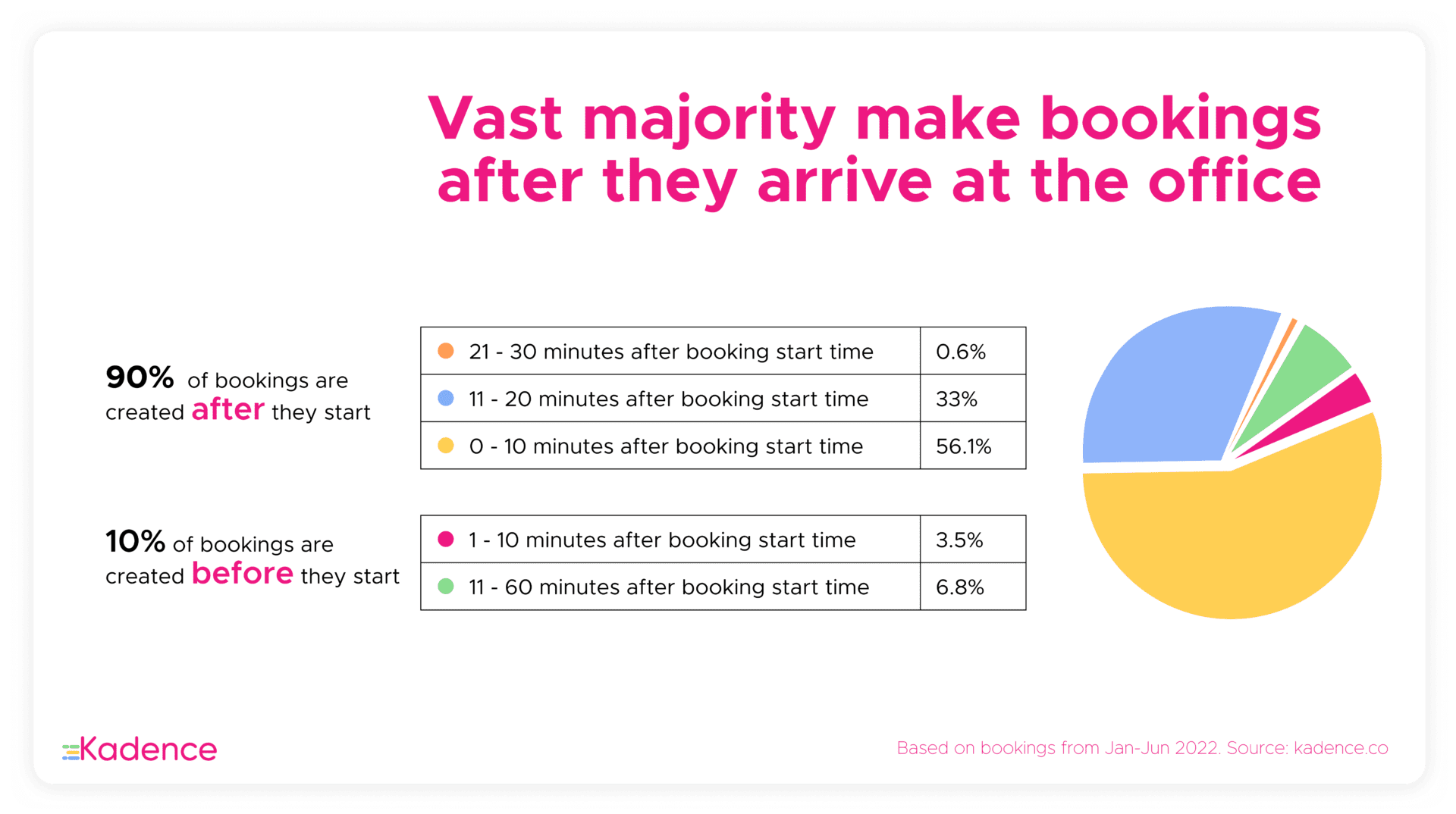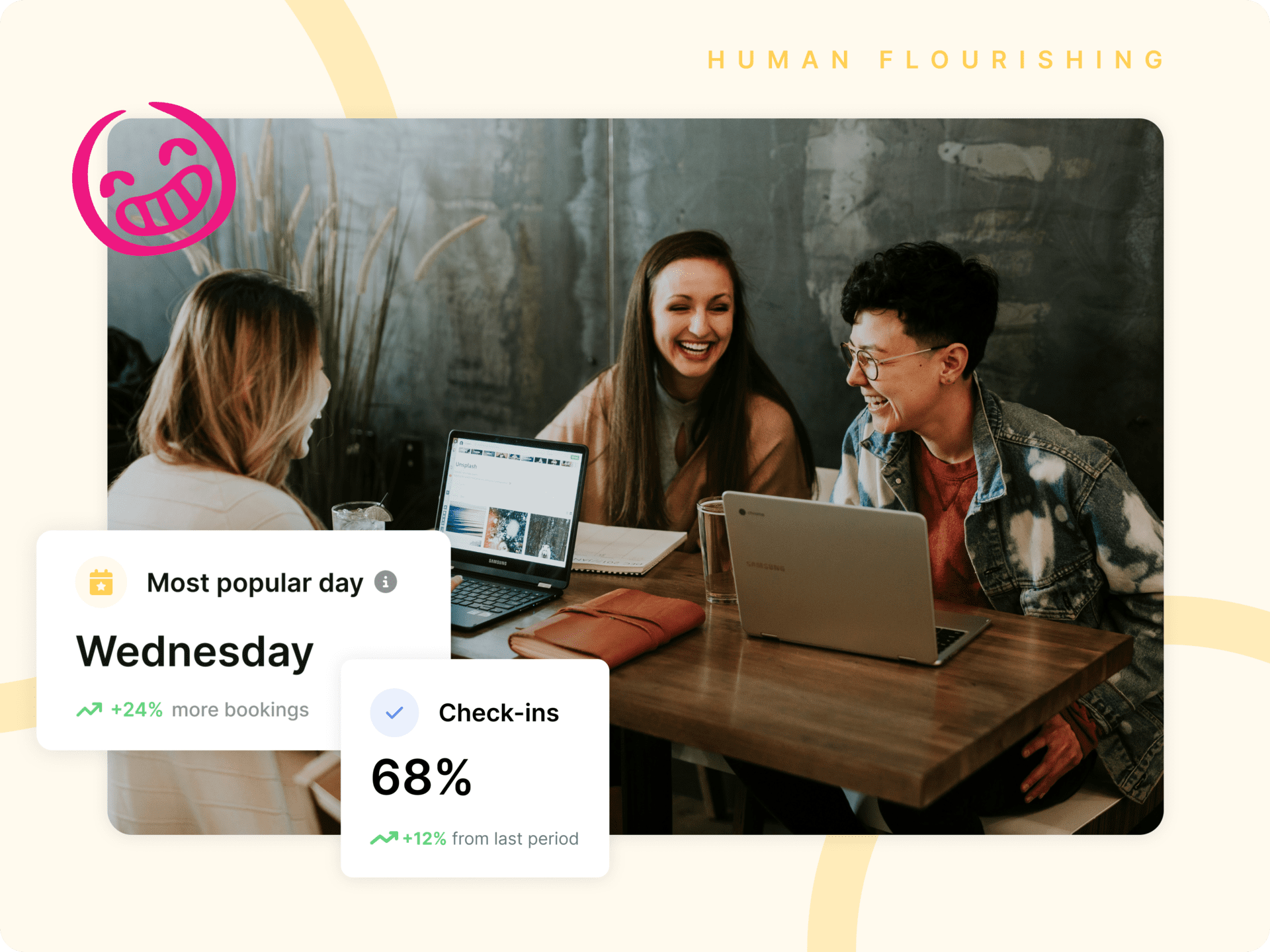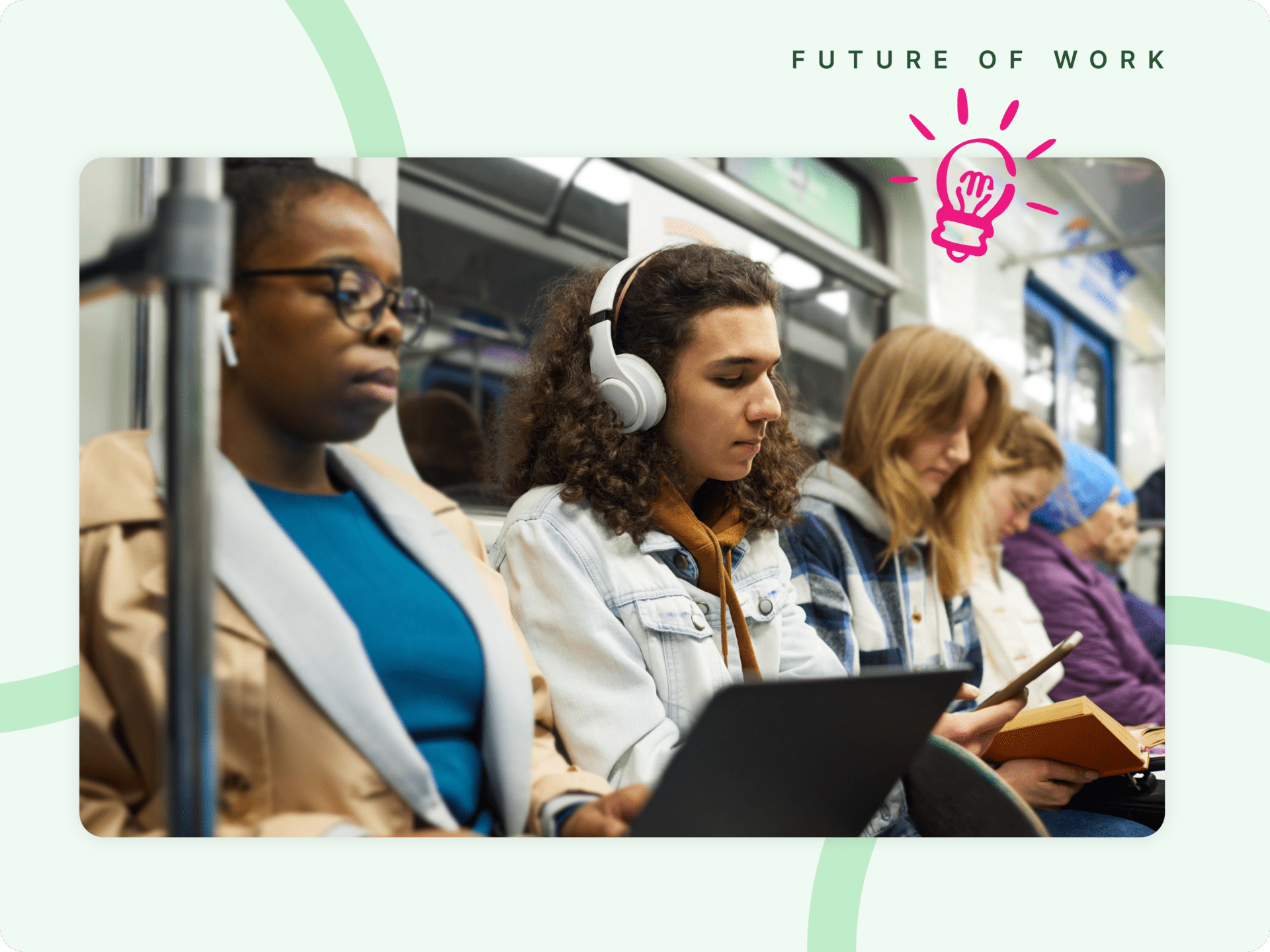How flexibility makes for better productivity
At Kadence we believe that flexibility is key to helping teams be the most productive in their work, yet the word ‘productivity’ means something different to everyone, as everyone has different needs. What helps one person be productive might not be helpful to others. In a nutshell ‘managers are more likely to define productivity as outcomes, and individual contributors are more likely to define productivity as output’ (storey et al. 2021) highlighted in Microsoft’s ‘New Future of Work Report’. Understanding what makes individuals productive is one thing, but adding a curve ball to the mix brings flexibility and how this is increasingly becoming an all-round conduit for productivity. Read on to discover how flexibility is a big deal for getting things done.
Choosing how we best work together
Individual choice is fairly straightforward, however, once put into the context of a team, it creates a cocktail of scheduling and preference confusion. At Kadence, we believe people need tools that makes scheduling to connect with one another, either face-to-face or digitally the easiest thing in the world. Tools that empower them to become masters of flexible working, putting people in the driving seat to make the best decisions for themselves and each other.
Yes, trust and autonomy are important factors here, and ones not to ignore, but more vital to this concoction is understanding the needs of your employees, and what to provide for them.
Choosing how we best work is always going to be uniquely different from one another, and being stubborn with what you as the individual feel is the best solution isn’t helpful. The trick here is to search for what works collectively, which also applies to the tools your teams use every day.
For example, we discovered Kadence customers prefer to reserve meeting rooms through the calendar integrations with Google, and Outlook. For them, it makes sense to make bookings within the tools they already use. Surveys have shown that up to 56% of workers find switching between different apps keeps them from being productive, and over 67% of people would like to have all of their tools within a single window. You see, it’s not just in the choosing of when, where, and with whom we prefer to work, but also in the choosing of how, and the best tools that serve those needs. With that in mind, it just made sense for us to provide the functionality to make that possible.

Finding a rhythm that matches your intent
The pandemic reinforced the need for change, and with it came the swift dismantling of scheduling as the global workforce entertained a new, and better way of working. Although the vast majority welcomed the new change, it became chaotic fairly fast. A tool was needed to help align fragmented schedules in order that important employee collaboration and in-person social interactions could happen. A tool that could both give your people the flexibility they needed yet meet the needs of the team all at once. Extreme individual scheduling will only cause peoples’ preferences and timetables to collide, whereas understanding your goals when you are together helping produce scheduling alignment that everyone buys into. It starts with a common goal.
Once a common goal has been decided, the next thing is to decide when as well as where you’ll meet as a team, and even how often. At Kadence, we call this ‘finding your rhythm for work’. We’ve discovered that regular touch points between team members digitally or in person are vital for productivity, belonging, and mental well-being. Discover more here about how Kadence’s personal and team schedule visibility tools help teams to remain in sync.
Harness spontaneity
Light bulb moments are crucial and are the moments we need to harness, gather the troops and get set to work on the practical out-workings that strum ideas into realities. With over 90% of bookings being created at the last moment, it’s clear that there is a need for accessible spaces in the moments when people need them. Unfortunately, this isn’t helpful for many facilities managers who’d prefer people to book ahead of time, but hey, why not embrace the spontaneity and those light bulb moments too? Enabling your people to connect in these moments using easy tools to know when everyone is available and help find the right spaces fast is a very practical solution. Microsoft writes in their New Future of Work Report that ‘Successful teams align work routines to communicate in bursts, interspersed with individual work’.

Making a plan in advance is just as advantageous to getting into the spaces you need and connecting with your colleagues, but the tool that shares team schedule and space availability in those all-important lightbulb moments are the tools that truly serve people.
“ 70% of employees stated that Kadene had helped them save time searching for a desk!” – PHSO
Conclusion
A one-size-fits-all tool to help companies be successful at hybrid simply does not work if you’re wanting to future-proof your company’s working culture. Hybrid looks different for everyone and a tool that molds around the needs of individuals just as well as the needs of the company, enabling them to make hybrid work in the way it works for them is the tool that will win. Planning ahead is powerful, and so is being flexible when plans change, and the right tool is the one that does both well.
What makes your teams more productive?




